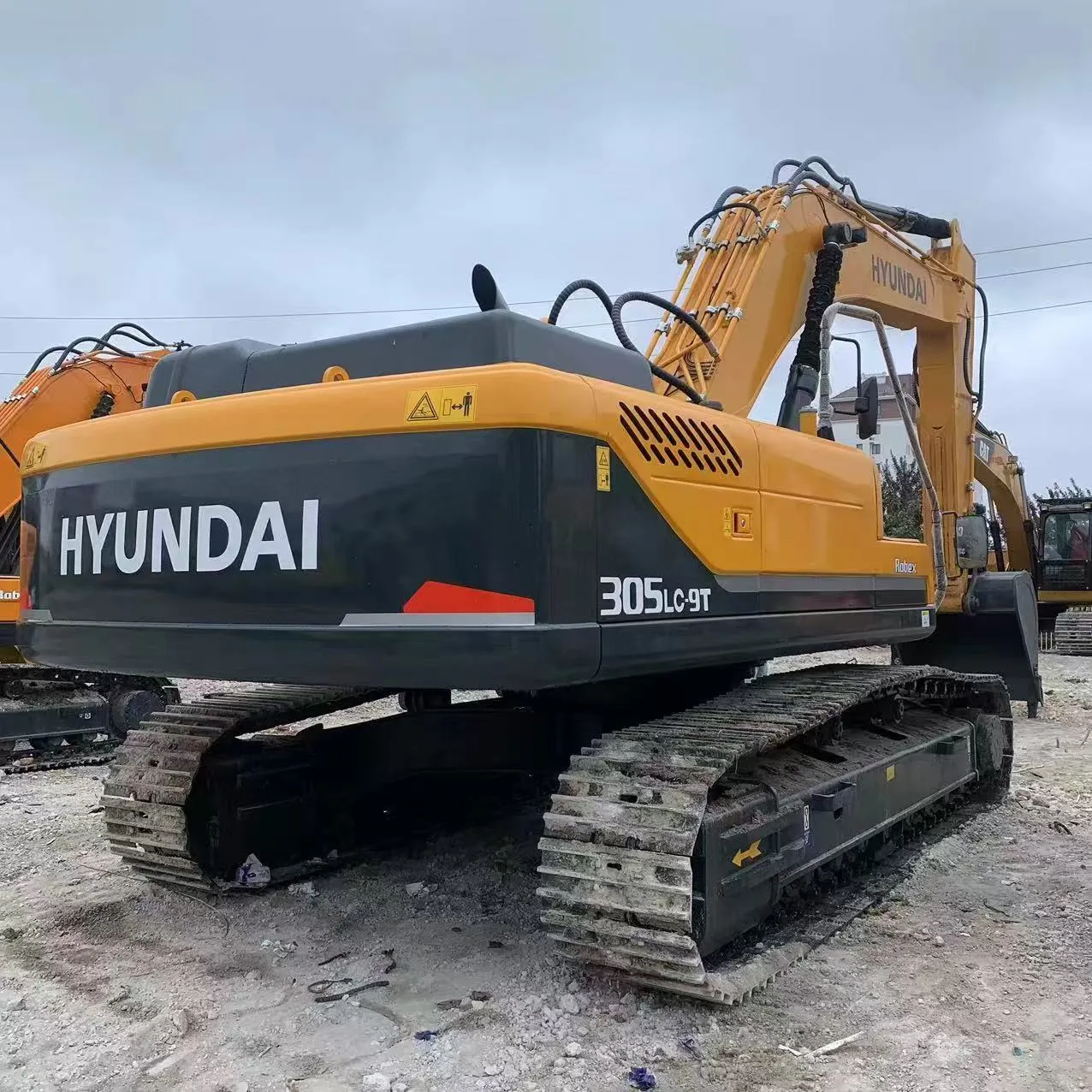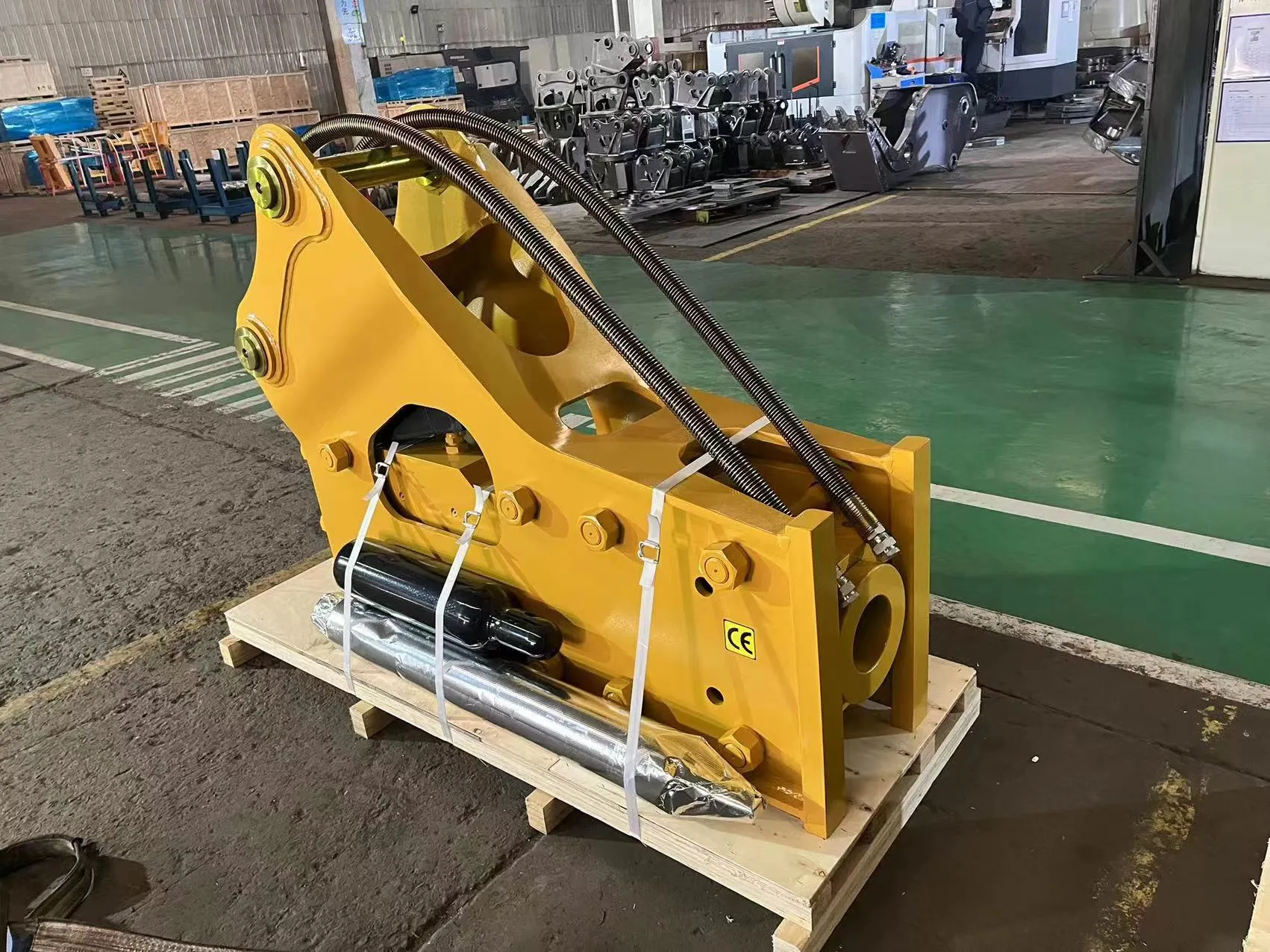What Is Better Hydraulic vs Pneumatic Breaker for Heavy-Duty Demolition Work
Breaking concrete or rocks isn’t just about brute force — it’s about control and the right tool. Every contractor faces the same question at some point: Which is better for big demolition jobs, a hydraulic breaker or a pneumatic one?
Both tools have their fans. They’ve been around for years in construction, mining, and roadwork. But lately, the Hydraulic Breaker Hammer has been taking the lead. It’s more efficient, easier to manage, and gives stronger performance. Let’s look at the real differences and why so many operators now trust Kingho Technology’s hydraulic breakers for their toughest work.

What Are the Key Differences Between Hydraulic and Pneumatic Breakers
The main gap between these two machines lies in how they get their power.
Hydraulic breakers work through the excavator’s own hydraulic oil system. Pneumatic breakers rely on compressed air from a separate compressor. Once you understand that, everything else makes sense.
Working Principle and Power Source
A hydraulic breaker takes energy from the excavator’s oil pressure and turns it into impact force. This design gives steady, strong blows again and again. Pneumatic breakers, however, depend on air pressure that can drop or fluctuate, especially when hoses are long or the compressor is far away. On big job sites, hydraulic systems simply hit harder and stay stable.
Impact Energy and Efficiency
Hydraulic breakers can hit with more than 1,000 joules per strike, perfect for concrete or rock. Pneumatic breakers usually can’t keep that same punch over time. For smaller repairs, they’re fine. But for major demolition, hydraulic breakers clearly finish the job faster. Many operators say they can “feel” the difference in every hit.
Maintenance and Operating Costs
A pneumatic setup means you need an air compressor, hoses, and more fuel. Hydraulic breakers just run off the excavator. You’ll need to check seals and oil sometimes, but overall, they’re easier to maintain. Over months of use, a hydraulic system usually costs less per hour to run.
How Does a Hydraulic Breaker Hammer Improve Demolition Performance
Performance isn’t only about raw force. It’s also about smooth operation, control, and comfort for the operator. That’s where a good hydraulic hammer really stands out.
Consistent High Impact Force and Productivity
The Kingho Hydraulic Breaker Hammer gives steady impact energy through a mix of oil pressure and nitrogen gas. That balance keeps power even during long shifts. Whether you’re breaking stone blocks or cutting old foundations, it stays reliable. Many users say they finish their work faster with less effort.
Compatibility With Multiple Excavator Models
Kingho’s breakers fit excavators from 4 to 50 tons. This flexibility lets companies use the same hammer line across different jobs. Each type serves a different purpose — the Box Type is great for quiet city areas, while the Side Type shines in open mining sites where extra power matters.
Advanced Sealing and Noise Reduction Design
Hydraulic tools can get noisy, but Kingho reduces that with imported NOK oil seals and strong Hardox steel. These materials cut down vibration and leaks. The inner damping structure also helps the hammer last longer. In city work zones, this means fewer noise complaints and smoother operation.
Why Hydraulic Breakers Are More Suitable for Heavy-Duty Construction
Heavy-duty projects are demanding. Machines have to survive dust, heat, and long hours. Pneumatic breakers often fall behind when the workload gets serious.

Durability in Mining and Roadwork Applications
In quarries or road projects, Kingho breakers can run up to eight hours a day without overheating. Air-powered tools lose strength through hoses, but hydraulic ones stay steady. When you’re breaking through 50-MPa rock, that consistency matters. It saves time, fuel, and wear on the excavator.
Energy Efficiency and Lower Fuel Consumption
Because hydraulic breakers share the excavator’s system, there’s no need for a separate engine or compressor. That means less fuel burned and fewer moving parts. Many contractors notice about 15–20% savings in fuel after switching to hydraulic systems.
Reduced Downtime and Longer Service Life
Hydraulic breakers are simple. They have fewer external parts, which means fewer breakdowns. Kingho uses 42CrMo alloy pins and reinforced frames to handle constant stress. Operators can often work for months before needing major service, unlike pneumatic systems that require weekly checks.
What Are the Limitations of Pneumatic Breakers in Modern Projects
Pneumatic breakers still exist, but their place in modern construction keeps shrinking.
Dependence on External Air Compressors
Every pneumatic setup needs a big compressor. That means extra fuel, transport, and time to set up. If the compressor fails, the whole operation stops. This makes them less ideal for remote or fast-paced projects.
Lower Portability and Complex Setup
The long hoses used in air systems can lose pressure the farther they go. Workers also spend time fixing leaks or replacing worn connectors. With hydraulic breakers, you just plug into the excavator and start working.
Inconsistent Power for Large-Scale Demolition
Pneumatic breakers struggle when the material gets tough. They can’t hold steady power through reinforced concrete or deep rock. For heavy demolition like bridge removal or mining, they simply can’t keep up with hydraulic systems.
How to Choose the Right Hydraulic Breaker Hammer for Your Excavator
Picking the right hammer can save money and boost results. The key is to match your machine, job type, and work setting.
Match Excavator Tonnage and Flow Rate
Start with your excavator specs. The breaker has to match the tonnage and hydraulic flow. Using the wrong size can weaken impact or harm the seals. For example, the 165F Series fits 20–25 ton excavators, while the 185F Series suits 36-ton units.
Consider Working Environment and Noise Regulations
Think about where you work most. The Box Type hydraulic breaker is quiet, great for downtown or residential zones. The Side Type is better for quarries where power matters more than noise.
Verify Quality Certification and After-Sales Support
Good equipment comes with proof. Kingho products carry CE and ISO certifications. That’s one reason buyers in Europe, Asia, and the Middle East trust the brand. Quick parts delivery and support also keep downtime low.
Why Kingho Technology Is a Reliable Choice for Hydraulic Breaker Hammers
Guangdong Kingho Technology Co., Ltd. isn’t a newcomer in this field. They’ve been making high-quality attachments for years, always improving design and performance.
Over Ten Years of Excavator Attachment Manufacturing Experience
Founded in 2009, Kingho started with car dismantling tools and quickly expanded into full-scale demolition equipment. Their hydraulic breakers and shears are now used in municipal work, recycling, and large construction projects worldwide.
CE and ISO Certified Quality and Global Market Presence
Kingho has passed CE, ISO9001, and ISO14001 tests, showing strong quality control and environmental awareness. These certifications help importers and local dealers sell with confidence and help end users trust what they’re buying.
Innovative Design With Multiple Models for Heavy-Duty Work
The company builds several types — Side Type, Top Type, and Box Type. Each has its purpose. The Box Type keeps the sound down with a solid outer shell. The Side Type focuses on raw power. The Top Type balances both, making it popular for mixed-use contractors.
FAQs
Q1: What size excavator works best with a Kingho Hydraulic Breaker Hammer?
A: Kingho makes breakers for machines between 4 tons and 50 tons. Matching the excavator’s oil flow and pressure gives the best result.
Q2: How often should I maintain my hydraulic breaker?
A: Check chisel grease, nitrogen charge, and seals weekly. A deeper inspection every 500 hours helps keep it in shape.
Q3: Can Kingho breakers handle both concrete and rock?
A: Yes. They’re strong enough for reinforced concrete, granite, limestone, and most demolition materials.

